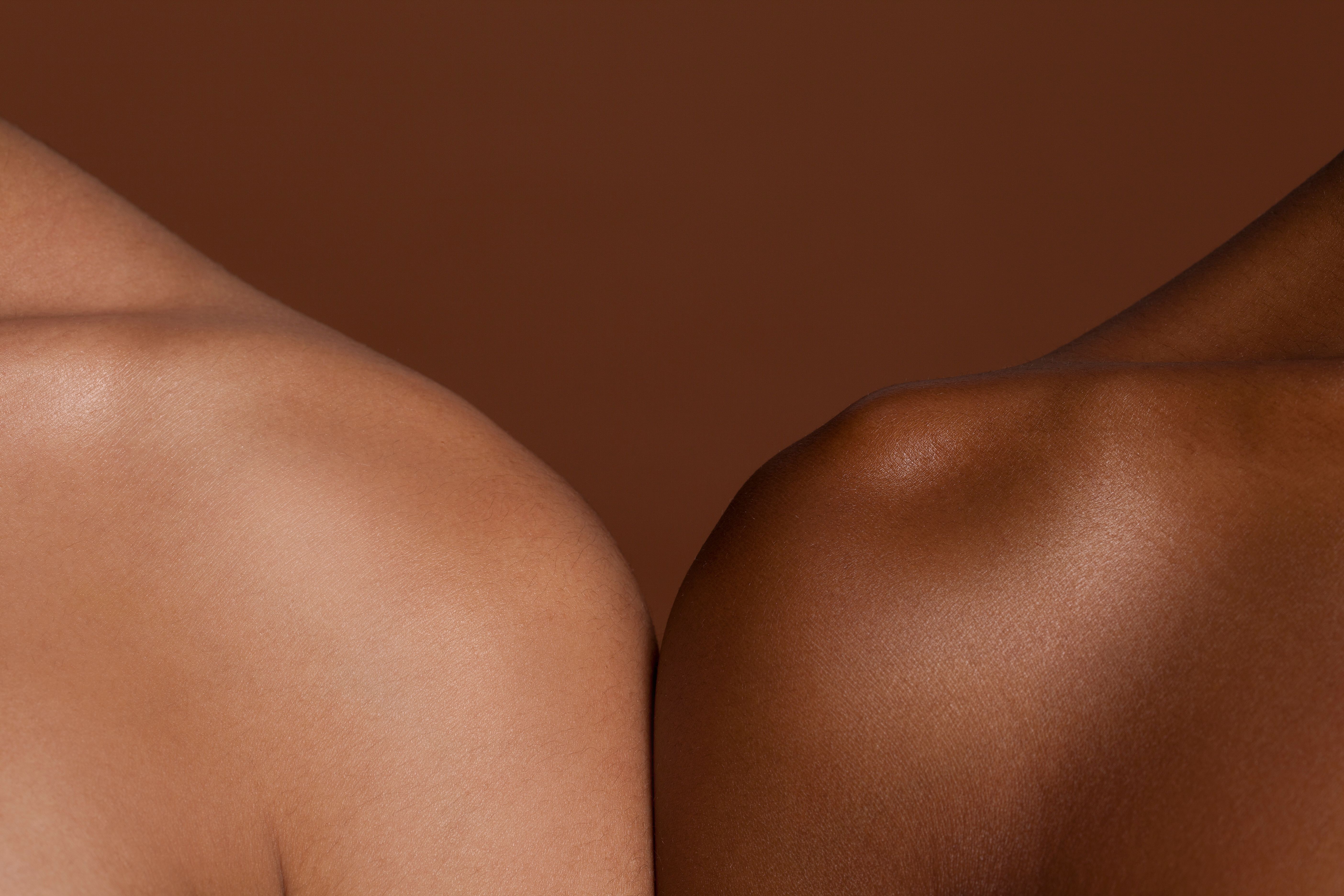- Case-Based Roundtable
- General Dermatology
- Eczema
- Chronic Hand Eczema
- Alopecia
- Aesthetics
- Vitiligo
- COVID-19
- Actinic Keratosis
- Precision Medicine and Biologics
- Rare Disease
- Wound Care
- Rosacea
- Psoriasis
- Psoriatic Arthritis
- Atopic Dermatitis
- Melasma
- NP and PA
- Skin Cancer
- Hidradenitis Suppurativa
- Drug Watch
- Pigmentary Disorders
- Acne
- Pediatric Dermatology
- Practice Management
- Prurigo Nodularis
- Buy-and-Bill
Article
Mohs surgery cost-benefit analysis
However effective Mohs surgery may be, its significant benefits are not inexpensive.

Key Points
Boulogne, France - Mohs surgery is a surgical treatment method that can offer the highest possible cure rate for skin cancers such as basal cell carcinoma and squamous cell carcinoma, while aiming at minimizing the excision of healthy tissue. However effective this treatment modality may be, its significant benefits are not inexpensive.
The cure rates of Mohs surgery approach 99 percent for most primary cancers, with a slightly lower cure rate for secondary or recurrent cancers. While limiting the sacrifice of uninvolved tissue, this specialized procedure preserves the greatest amount of normal tissue.
This benefit of the procedure provides the foundation for the best reconstructions and limits scarring or permanent disfigurement.
Dr. Saiag says Mohs has not been proven useful in melanoma, except for lentigo maligna melanoma.
Mohs is useful, though, in patients with recurrent basal cell carcinoma or high-risk BCCs, such as infiltrative subtypes and morpheaform BCC. It is absolutely useless for nodular-type BCCs.
This is important because, according to Dr. Saiag, Mohs is widely used in the United States today for all skin cancers; however, insurance companies plan to turn back the clock on reimbursement, and Mohs coverage may become more of an issue.
In France, Mohs surgery is done only in very difficult tumors in terms of likely recurrence, such as morpheaform BCC.
As Mohs is a costly procedure, the decision to employ this special technique is made by a panel that carefully scrutinizes each skin cancer case prior to surgery.
Dr. Saiag says that for BCC, Mohs is one of three options that can be used. The other two options include a larger excision, with larger margins as well as radiotherapy. Squamous cell carcinoma is treated via a wider excision from the start.
"We do, however, consistently treat dermatofibrosarcoma protuberans with Mohs surgery, and to date, we have not had a single recurrence.
"When treating lentigo maligna with Mohs surgery, we slightly modify the technique by only using Mohs for the epidermal part of the lesion.
"In France, the guideline for lentigo maligna is to excise the lesion with a 1cm margin, except when using Mohs surgery or another technique like Mohs that allows the pathologist to see the entire nodule of the tumor.
"If Mohs or the like is used, we can reduce the margin to 5 mm. This approach is very useful when the face is involved," Dr. Saiag tells Dermatology Times.
Mohs surgery not only has a cosmetic benefit, as healthy tissues can be spared intra-operatively, but it allows the surgeon to see the entire margins of the tumor, yielding high cure rates.
The recurrence rates of BCCs, SCS and dermatofibrosarcoma protuberans are less when Mohs surgery is used.
"For patients with BCC with a high probability of recurrence, such as morpheaform or large-diameter BCCs, we know that we will have a 20 to 25 percent recurrence rate if a standard excision is employed.
"Therefore, Mohs surgery is cost-effective for such cases, as recurrence rates with Mohs (are) only 2 to 3 percent," Dr. Saiag says.
According to Dr. Saiag, Mohs surgery in the United States is widely and superfluously used in cases in which a standard excision can achieve a very similar high cure rate, and this is fueled mostly by financial motives.
"Mohs surgery is effective, and more effective than other techniques, but the difference is not so significant between a good Mohs surgery and a good standard excision, with correct margins and re-intervention if the pathologic report says the margins are not clear," Dr. Saiag says.





